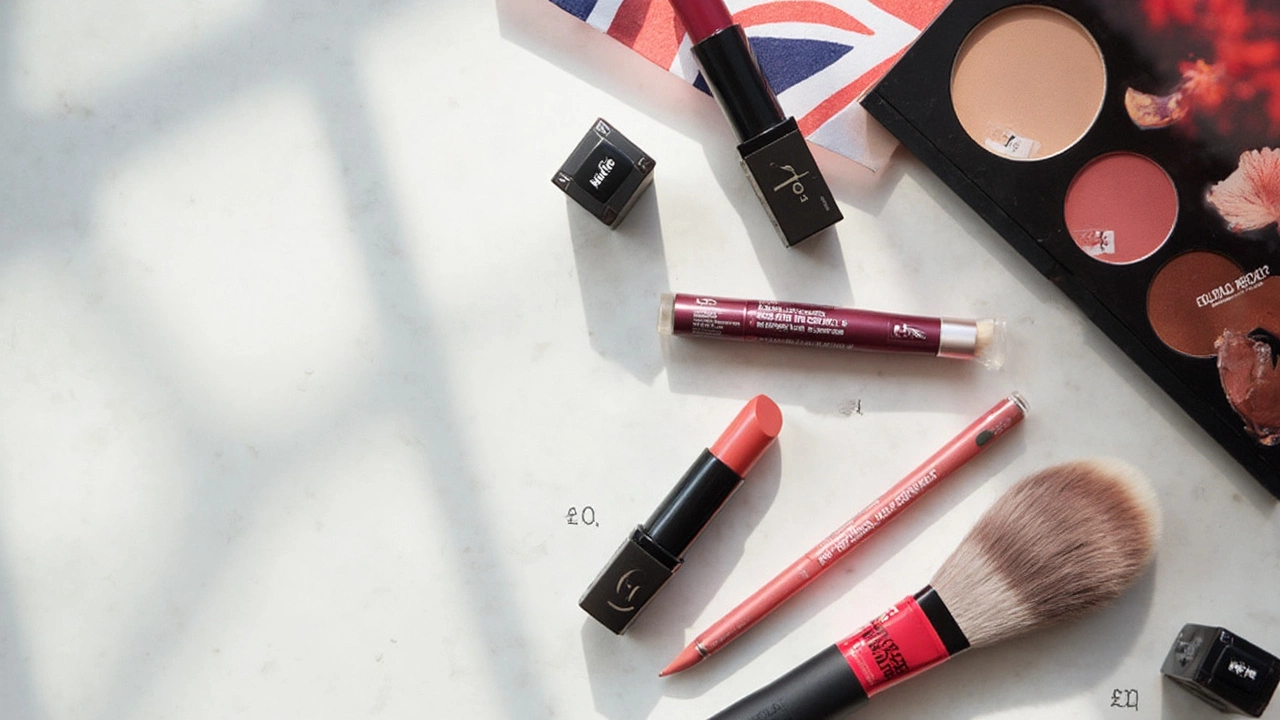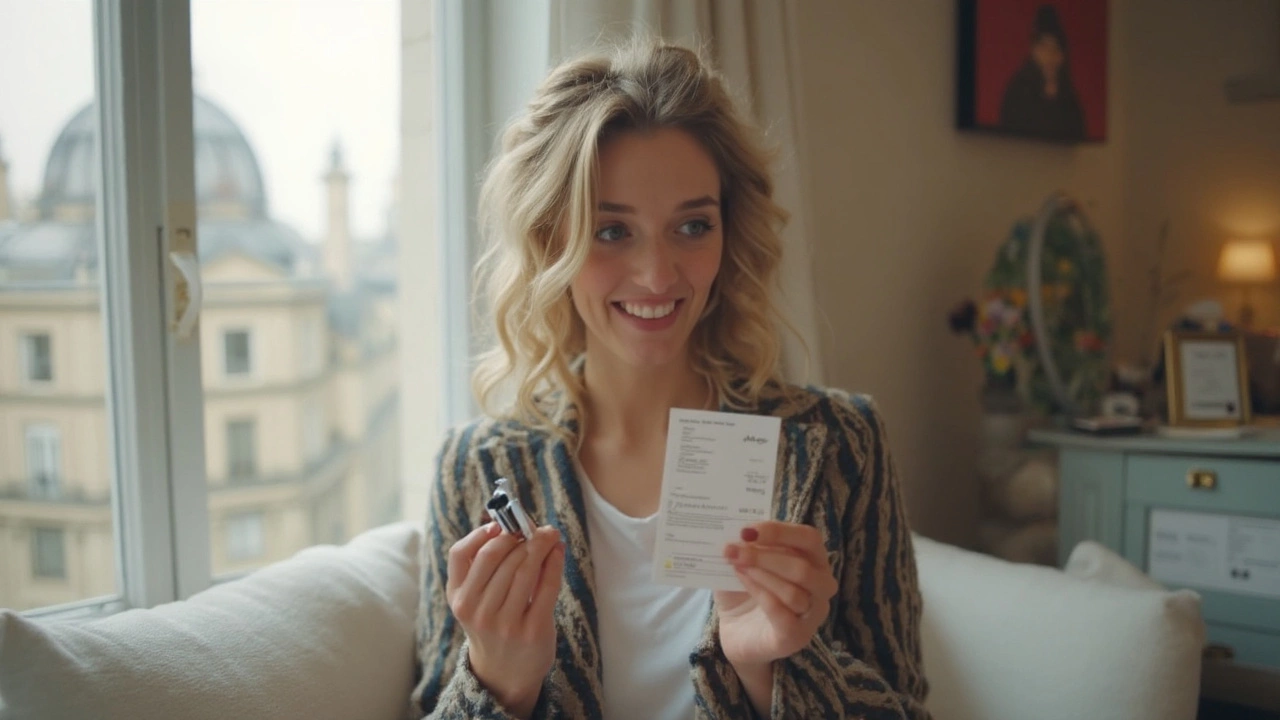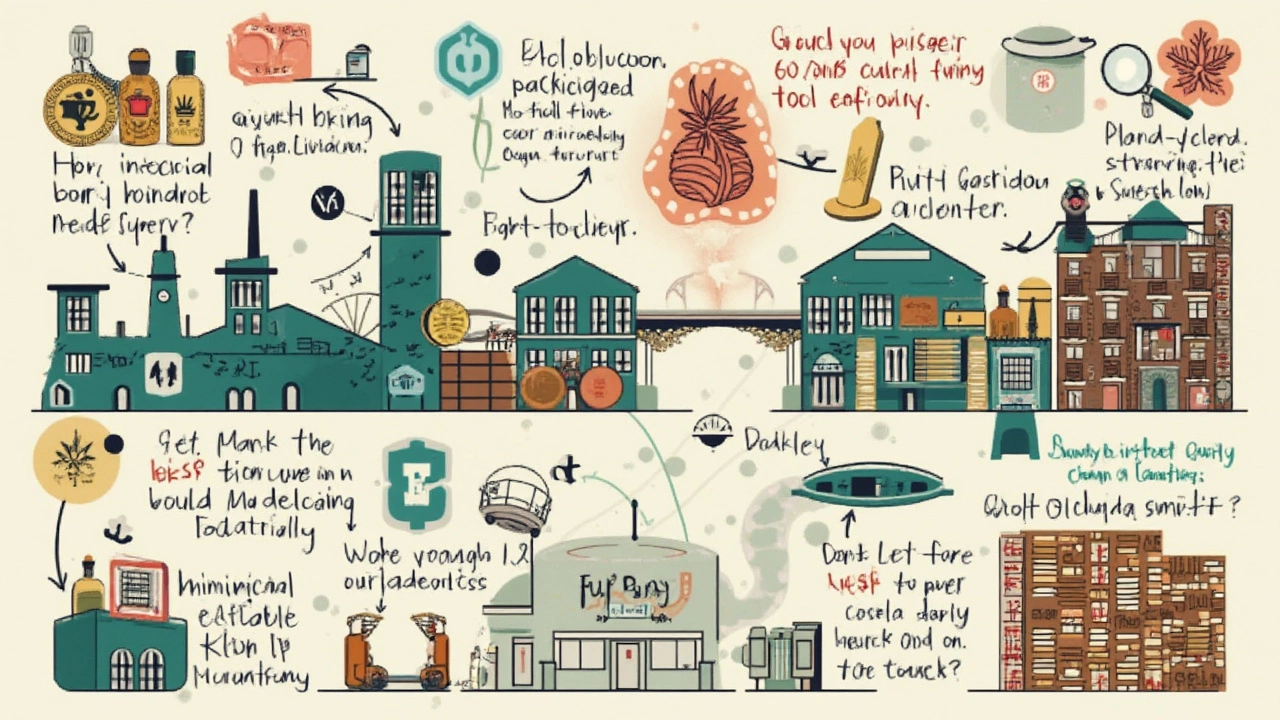
A bottle of foundation for under $10? A lipstick for the price of your morning latte? To anyone who’s ever peeked at e.l.f. Cosmetics on a Target shelf or swiped through their site, it almost sounds too good to be true. Is Elf really just a cheap brand, or is there some secret formula to their magic? When beauty aisles are packed with glossy ads and high price tags, Elf walks in wearing jeans and a T-shirt, ready to shake things up. Not cheap in quality, just friendly on your wallet, or so the story goes. But where’s the line between affordable and low quality, and how does Elf pull off this massive savings act?
Why Elf Costs So Little (And Why That Doesn’t Mean ‘Cheap’)
Let’s get something out of the way first—the word ‘cheap’ has a reputation problem. People often use it to slam something that’s poorly made or disposable. But e.l.f. Cosmetics, which stands for "eyes, lips, face," actually built its identity on making makeup financially accessible without sacrificing trendy launches or nice formulas. Launched back in 2004 (yes, Elf celebrated its 20th birthday this year), the company set out to prove you could pick up a blush and not wince at your bank balance. But how did they do it?
Elf cuts out as many middlemen as possible. Instead of sinking millions on giant ad campaigns, they put their money into direct-to-consumer sales and online buzz. They’re a masterclass in social media marketing—think influencers, reviews, and #elfinggood challenges—rather than hiring A-list faces for billboards in Times Square. This keeps overhead low and shaves dollars off every product. Unlike brands with boutique counters in swanky department stores, Elf nests itself comfortably in places like Target and Walmart, bringing affordable makeup to the masses instead of just to luxury shoppers.
There’s also a big focus on practical packaging. You won’t see ornate, Instagrammable compacts or elaborate lipstick tubes. Elf’s containers are simple—often minimalist, sometimes bordering on basic—which again cuts costs. By skipping unnecessary fancy elements, the brand can pour more budget into the actual formula inside the pan or tube.
Elf’s factories don’t churn out formulas for the sake of hype, either; they use ingredients that get the job done but aren’t rare or imported at boutique prices. Standard humectants, tried-and-true silicones, and botanical extracts all get used in formulas that are carefully tweaked for performance. One thing many shoppers love: e.l.f. is 100% cruelty-free, and most of their product line is vegan. That’s become a selling point for budget-conscious shoppers who care about animals but can’t justify the upcharge from prestige brands.
Compare this to the price landscape: Elf’s $6 blush goes head-to-head with $30 blushes from higher-end lines like NARS or Tarte. The Elf Holy Hydration! Face Cream, which frequently finds its way into dermatologists' recommendations, clocks in under $15—and when tested side by side with pricier rivals, reviews often find few meaningful differences. Elf didn’t slash the budget by using bad stuff; they just said no to frills.
The secret sauce? Streamlined supply chains, smart marketing, simple packaging, and ingredient choices that emphasize effective, safe performance rather than status-symbol flash. That’s why when people ask, "Is Elf a cheap brand?" what they really mean is, "How does Elf make makeup this good for this little money?"

Testing the Quality: Does Affordable Mean Inferior?
Look, it’s easy to assume price equals quality. When you spot something under $5, your first instinct may be skepticism. But e.l.f. Cosmetics stands out for often beating the odds. Their bite-sized eyeshadow quads, each under $4, pack pigmentation that lands close to brands three times pricier. If you’ve ever grabbed an Elf brow pencil on a whim during a grocery run, you’ll know what I mean—smooth texture, reliable brow-holding, and zero pulling or chalkiness. That’s not something you usually hear about—that is, until Elf showed it was possible.
Even beauty editors, some of the pickiest testers out there, have called out Elf's dupes for pricier staples as shockingly close, sometimes even better. Take their Putty Primer—at $9, it's constantly compared to a $52 primer from Tatcha. The memes and reviews after beauty influencers did texture comparisons are legendary. Some blind tests have even tricked seasoned makeup junkies. The formula feels just as smooth, holds makeup in place, and blurs pores—without any hint of that greasy slip that cheaper generics suffer from.
The truth is, e.l.f. products don’t play the ‘luxury’ card, but they're not cutting corners on the basics. The ingredient lists for their bestsellers are short, straightforward, and often free of parabens, sulfates, and phthalates. They’re fragrance-light or unscented, making them friendly for more sensitive skin types.
Let’s talk about foundation: the Elf Halo Glow Liquid Filter is a budget darling often compared to the Charlotte Tilbury Hollywood Flawless Filter, which costs over four times as much. While luxury brands love to package their formulas with gold caps and velvet boxes, Elf’s offering is bottled plainly. Still, both products work magic on dull skin, adding a subtle luminosity that doesn’t slip into grease territory by noon. Drugstore makeup once had a bad rep for cakey textures or fake undertones (hello, orange foundation line on your jaw), but Elf has leveled up the field, offering up to 20 shades in some lines—a much larger range than you’ll get from many older "budget" brands.
It’s not all magic, though. There are some hits and misses, as with any brand. Some Elf lipsticks run a little patchy if you skip your lip balm. A handful of their eyeshadow palettes can have powder kickback or weak shimmers compared to prestige products. But what separates Elf from other low-price options is how fast they listen to feedback. A few years ago, regulars called them out for poorly pigmented blushes; within months, the brand reformulated and reviewers cheered the upgrades. That sort of quick turnaround is rare in slower, older beauty companies chained to drawn-out product cycles.
So should you expect a $7 mascara to work miracles? If your expectations are rooted in reality—and you pick products suited to your needs—the answer’s yes more often than you’d think. For many shoppers, Elf is the brand that taught them affordable beauty isn’t something to feel embarrassed about. It’s actually pretty smart.

Tips to Shop Smart With Elf (& Make the Most Of Your Buys)
Now for the fun part—how to get the best out of Elf’s treasure trove. If you walk into Target not knowing what’s gold and what’s not-so-great, you could end up with a drawer full of half-used compacts. Here’s how to sidestep the duds and nab the best bargains:
- Read reviews before you buy. There’s a vibrant online Elf community, especially on Reddit’s MakeupAddiction thread, where people share what rocked and what flopped. Use it.
- Try their dupes for pricier stars. Elf has a reputation for copying viral luxury items—often with similar effects. Putty Primer, Halo Glow, and their Camo Concealer series are cult favorites for a reason.
- Check for bundles and exclusives on their official site. Elf often drops limited-edition kits or launches new shades online first. Their bundle deals can make already cheap products downright irresistible.
- Don't skip their skincare. The Holy Hydration! and Supertone lines deliver real results, and the ingredient lists read like high-end counterparts—hyaluronic acid, niacinamide, squalane—for under $15 a product.
- If you’re hunting for vegan or cruelty-free options, every Elf product qualifies. That peace of mind usually costs extra with other brands, but here, it’s the default.
- Watch out for expiration dates. Since most Elf products are packed simply and move quickly off shelves, you’re less likely to hit expired stock, but always do a sniff and shade check when you shop in person.
- Follow Elf across social channels. Their Instagram drops sneak peeks and codes for flash sales all the time. Sign up for emails; those ‘$5 off $15’ deals add up fast.
- Limitations? Elf rarely does foundations or concealers for every undertone out there, so if you have unique skin needs, spot-check shades in-store. And if you have dry lips or super sensitive skin, you may have to test slowly—some budget formulas focus on performance and can skip over specialty skin needs.
- Blend, blend, blend. Their powder blushes and eye pigments work best when you start light and build up slowly. These formulas are designed to be buildable, rather than immediately bold like some prestige lines.
Elf isn’t a ‘cheap’ brand in the way toothpaste at the dollar store is cheap—disposable, forgettable. It’s smart, lean, and always listening. That $4 lipstick isn’t made to be a trophy piece for your vanity, but a trustworthy daily pick you don’t mind replacing when the tube finally runs out. The thrill is real when you buy three or four of their bestsellers and your bank account barely notices. You can experiment with shades you’d never splurge on in luxury brands, or build a full face during finals week or after payday splurges have passed. That’s not just cheap, that’s clever.
So next time you see that low price tag, remember: Elf did their homework. They axed the extras you don’t need, kept what matters, and made beauty a little less intimidating. If that’s cheap, then cheap might be the new smart.